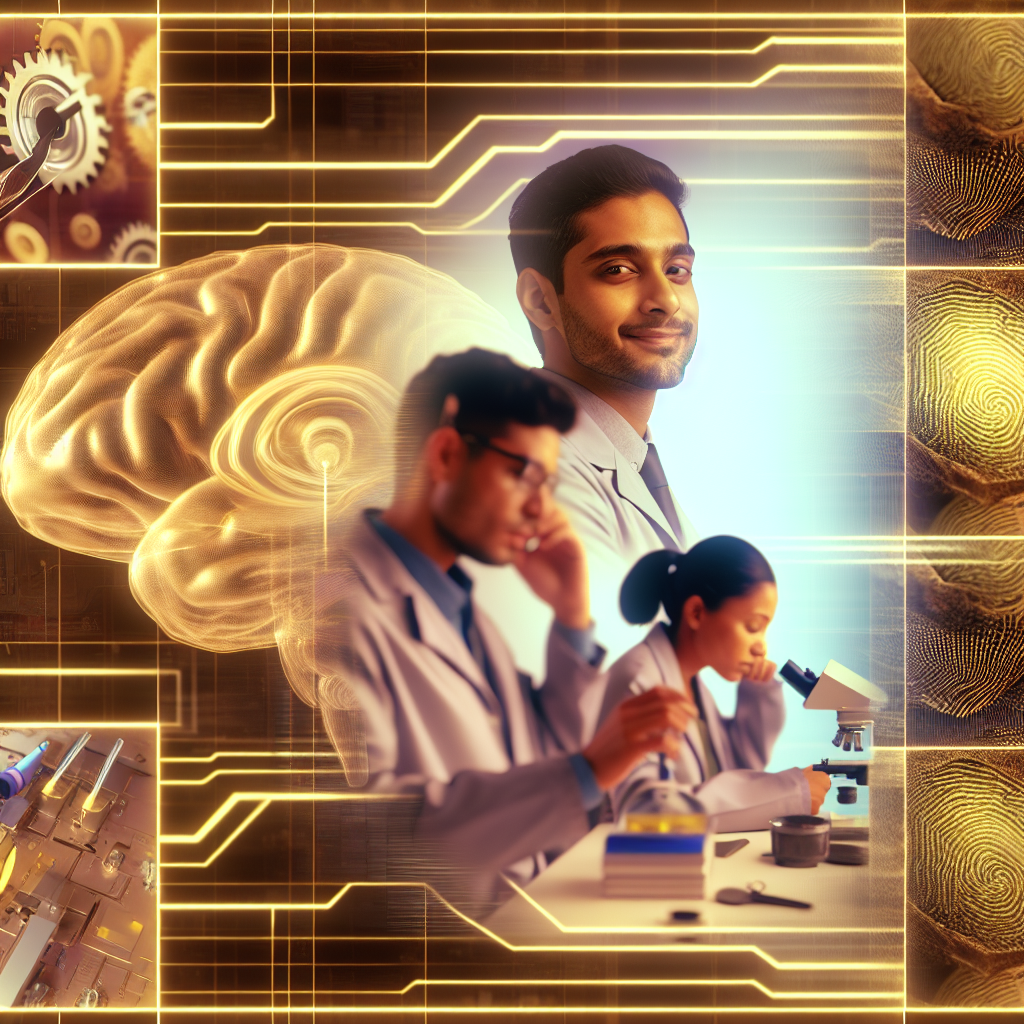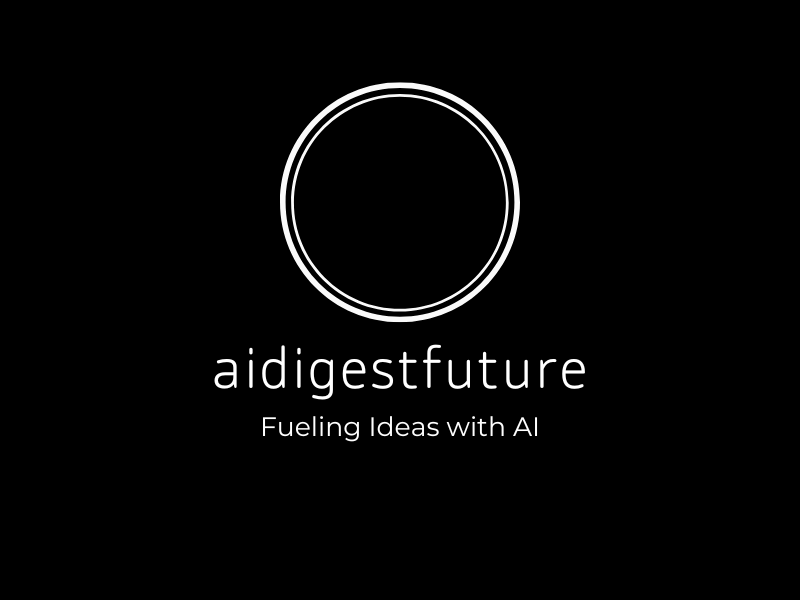
Introduction
In recent years, the convergence of neuroscience and artificial intelligence (AI)—often coined as **NeuroAI**—has become one of the most thrilling frontiers in technological advancement. By leveraging insights into how our brains work, researchers are making groundbreaking contributions to the development of AI models. This crossover opens up new dimensions in machine learning, cognitive computing, and many other fields of AI. But what exactly is NeuroAI, and how is it driving the **revolution of modern technology**?
What is NeuroAI?
NeuroAI is the **interdisciplinary domain** combining neuroscience and artificial intelligence to build machines that **mimic human cognition**. In simple terms, it aims to improve AI systems by drawing inspiration from the human brain’s **structural mechanisms, neural pathways, and learning capabilities**.
### The Core Idea of NeuroAI:
Neuroscience has always provided insights into how humans think, perceive, and react. Combining this **biological knowledge** with modern AI models allows for creating **more intelligent, adaptable machines** capable of learning from their environments with minimal human intervention.
Why the Convergence of Neuroscience and AI?
AI has already proven to be highly effective in a variety of domains, from automating industrial processes to creating **sophisticated natural language models**. However, current AI systems have limitations such as an inability to adapt to **unfamiliar situations** and the consumption of enormous computational resources. This is where **Neuroscience bridges the gap**.
1. The Brain’s Efficiency and Adaptability
– The average human brain outshines AI systems in terms of **cognitive flexibility, learning speed**, and resource efficiency.
– The brain can quickly understand new **patterns** and make inferences in unfamiliar environments, often with few examples.
2. Understanding Cognitive Functions in AI
By closely studying **neuronal connections** and how different parts of the brain communicate, AI engineers can build models that replicate the human brain’s learning capabilities. **Neuroscience thus provides blueprints** for designing machine intelligence that can **perceive, remember, and adapt**—essential features in expanding AI applications to new domains.
In essence, NeuroAI strives to make AI systems **more human-like**, increasing their relevance in fields like **medicine, education, and robotics**.
How NeuroAI is Revolutionizing Technology
The collaboration of neuroscience and artificial intelligence has already yielded **remarkable technological breakthroughs**. Let’s explore key areas where this **fusion** is having a profound impact.
### 1. Enhanced Machine Learning Systems
AI’s reliance on **big data** and computational power for training has been a long-standing hurdle. NeuroAI enables us to push beyond traditional approaches by incorporating **neuroscience-inspired learning algorithms**. This shift has the potential to radically transform machine learning, especially in these areas:
– **Few-Shot Learning**: Current deep learning models require vast amounts of data for training. NeuroAI facilitates the development of AI that learns from a **handful of examples** in ways similar to how humans generalize knowledge.
– **Neuromorphic Computing**: This involves creating hardware inspired by brain architecture. By designing chips that mirror the human brain’s structure, AI systems could become **more efficient** and capable of **parallel processing** tasks with **significantly lower energy consumption**.
### 2. Medical Advancements Through AI
One of the many promising applications of NeuroAI shines in the field of medicine:
– **Brain-Computer Interfaces (BCI)**: BCIs allow machines to communicate directly with the human brain. This technology can assist in **neurorehabilitation**, helping patients with conditions like stroke or spinal cord injuries regain motor function.
– **Neuroimaging and Diagnosis**: NeuroAI enables advanced **pattern recognition** in neuroimaging, allowing for faster and more accurate diagnoses of diseases such as **Alzheimer’s, Parkinson’s**, and other neurological disorders. Furthermore, AI models inspired by neuroscience generate **bespoke treatment plans** based on the patient’s individuality, moving toward personalized medicine.
### 3. Cognitive Robotics
Robotics is another major beneficiary of the NeuroAI revolution. Traditional robots are limited by their pre-programmed skills. However, by implementing neuron-inspired AI algorithms, robots can attain **self-awareness** and **problem-solving skills** akin to that of humans. This can mean:
### 4. Breakthroughs in Cognitive Assistants
Many of us already interact with AI through personal assistants such as **Siri** or **Alexa**. However, NeuroAI has the potential to take these cognitive assistants to the next level by developing:
### 5. AI in Education
The merging of AI and neuroscience also promises to **enhance the education sector**. By modeling AI systems based on **cognitive learning theories**, NeuroAI can craft:
Challenges in the NeuroAI Field
While NeuroAI ushers in exciting possibilities, it doesn’t come without its **challenges**:
### 1. Complexity in Mapping the Human Brain
The **human brain is an intricate network** of over 86 billion neurons. Despite rapid advancements in neuroscience, **fully decoding the brain** is far from a reality. Hence, creating AI algorithms that accurately model and mimic neural pathways is extremely complex.
### 2. Ethical Concerns
There are numerous ethical concerns surrounding the **crossroads of NeuroAI**. How much influence should AI have over the human brain? As we push neural AI boundaries, ensuring that these innovations are **ethically regulated and serve humanity**, rather than exploit vulnerabilities, is crucial.
### 3. Computational Resources
NeuroAI requires **robust computational models** that can simulate biological processes in real-time. These simulations can be resource-intensive, demanding **high-performance systems** that are not always scalable.
The Future of NeuroAI
NeuroAI is still developing, but its potential reaches far into the future. Some scholars predict that in the next few decades, **AI and neural interfaces** may usher in new milestones in **cyborg-like integration** that could fuse human cognition with machine enhancement.
– **Singularity Approaching?**: Some futurists believe that NeuroAI may contribute to a new era of intelligence systems, possibly leading towards **the Singularity**, where AI would surpass human-level cognitive abilities.
– **Neuro-Inspired General AI (AGI)**: While current AI models excel at specific tasks, **general artificial intelligence (AGI)** is still largely theoretical. NeuroAI may facilitate breakthroughs necessary for creating an AI that can perform **any intellectual task** that a human can do, fundamentally transforming industries, society, and our daily lives.
Conclusion
NeuroAI stands at the nexus of neuroscience and artificial intelligence, promising breakthroughs from **healthcare to education** and beyond. As advancements in this field continue, we may witness the emergence of more sophisticated AI systems that are not only **smarter but also more in tune with human cognition**. While some challenges remain, the collaboration between these two sciences could forever alter the trajectory of technology. **NeuroAI is, without a doubt, revolutionizing our world.**
